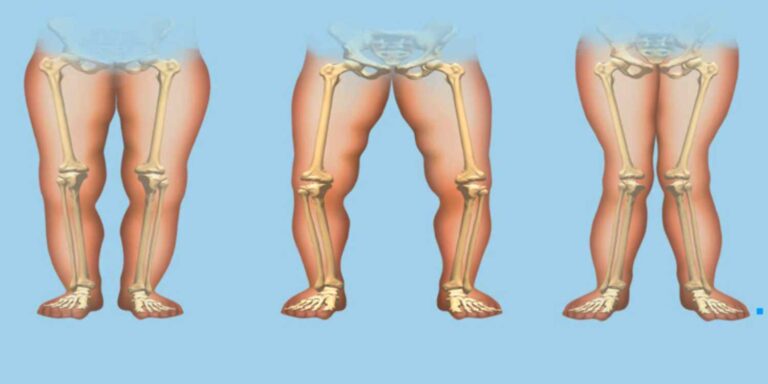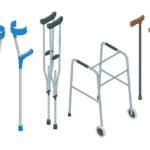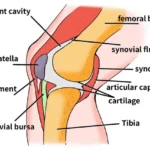Introduction Rickets is a condition characterized by the weakening and softening of bones, primarily caused by prolonged vitamin D deficiency. This deficiency leads to impaired calcium and phosphate absorption, which are vital for strong and healthy bones. Rickets can affect individuals of all ages but is more common in children.
Causes of Rickets
Rickets can arise from various factors, including:
- Vitamin D Deficiency
- Inadequate sunlight exposure or insufficient intake of vitamin D-rich foods.
- Malabsorption Disorders
- Conditions like bowel resection, chronic pancreatitis, or cystic fibrosis can impair vitamin D absorption.
- Liver and Kidney Diseases
- Liver cirrhosis and kidney disorders can disrupt the metabolism of vitamin D.
- Medications
- Certain drugs, such as phenytoin, can interfere with vitamin D synthesis.
- Genetic Predisposition
- Inherited conditions that affect bone metabolism or vitamin D absorption.
Symptoms of Rickets in Children
Children with rickets may exhibit the following symptoms:
- Delayed Skull Development:
- Slow closure of the fontanelles and soft skull bones.
- Joint Pain and Swelling:
- Discomfort and visible inflammation in joints.
- Skeletal Deformities:
- Bowing of the legs or other bone abnormalities.
- Delayed Walking:
- Difficulty or delay in achieving steady walking.
- Growth Impairment:
- Stunted height and poor weight gain.
- Dental Issues:
- Abnormal tooth development.
- Bone Fragility:
- Increased risk of fractures.
Risk Factors for Rickets
Certain factors can increase the likelihood of developing rickets, including:
- Dark Skin: Reduced vitamin D synthesis due to higher melanin levels.
- Age: Children and older adults are more vulnerable.
- Pregnancy: Increased nutritional requirements.
- Obesity: Altered vitamin D metabolism in individuals with excess body fat.
- Exclusive Breastfeeding Without Supplementation: Vitamin D supplementation is essential after six months.
- Poverty: Limited access to nutritious foods rich in vitamin D.
- Vegetarian Diets: Potential deficiency of animal-based vitamin D sources.
- High Altitude Living: Reduced UVB exposure at higher altitudes.
- Family History: Genetic predisposition to rickets.
How Rickets Is Diagnosed
Rickets diagnosis involves several steps:
- Medical History Review:
- Assessment of dietary habits, sun exposure, and family history.
- Physical Examination:
- Identifying signs such as skeletal deformities or joint swelling.
- Vitamin D Blood Test:
- Measuring serum vitamin D levels to confirm deficiency.
Complications of Rickets
If left untreated, rickets can lead to severe complications, including:
- Chronic Bone Pain: Persistent discomfort in bones.
- Permanent Skeletal Deformities: Irreversible abnormalities in bone structure.
- Frequent Fractures: Increased risk of bone fractures due to fragility.
Treatment of Rickets
The primary treatment for rickets includes:
- Vitamin D Supplementation:
- Restoring adequate levels of vitamin D in the body.
- Dietary Modifications:
- Incorporating foods rich in vitamin D, such as fortified milk, fatty fish, and eggs.
Preventing Rickets
Prevention is key to reducing the risk of rickets:
- Balanced Nutrition:
- Ensure a diet rich in vitamin D and calcium.
- Regular Sun Exposure:
- Spend time outdoors with proper sun protection to stimulate vitamin D production.
- Timely Diagnosis and Treatment:
- Early intervention to address deficiencies before complications arise.
Frequently Asked Questions About Rickets
- Is rickets a common condition?
Yes, especially in children with limited vitamin D intake or exposure. - Can rickets be reversed with treatment?
Yes, with appropriate supplementation and dietary changes, positive outcomes are expected. - Should breastfeeding mothers worry about vitamin D?
No, but vitamin D supplementation for the baby is recommended after six months.
Conclusion
Rickets is a preventable and treatable condition with proper nutritional care and timely medical attention. By understanding its causes, symptoms, and prevention strategies, individuals can take proactive steps to ensure bone health and overall well-being.





